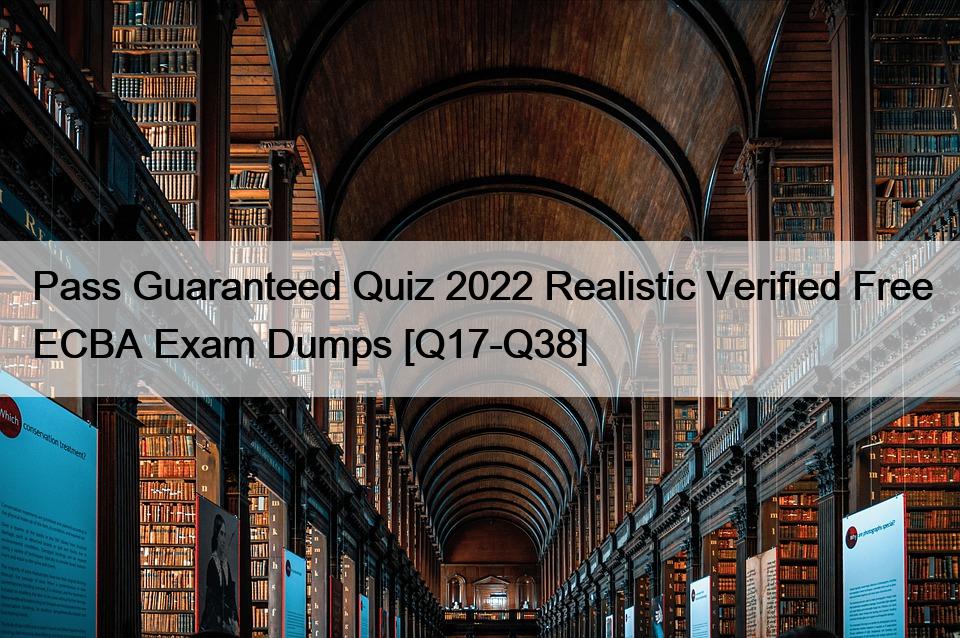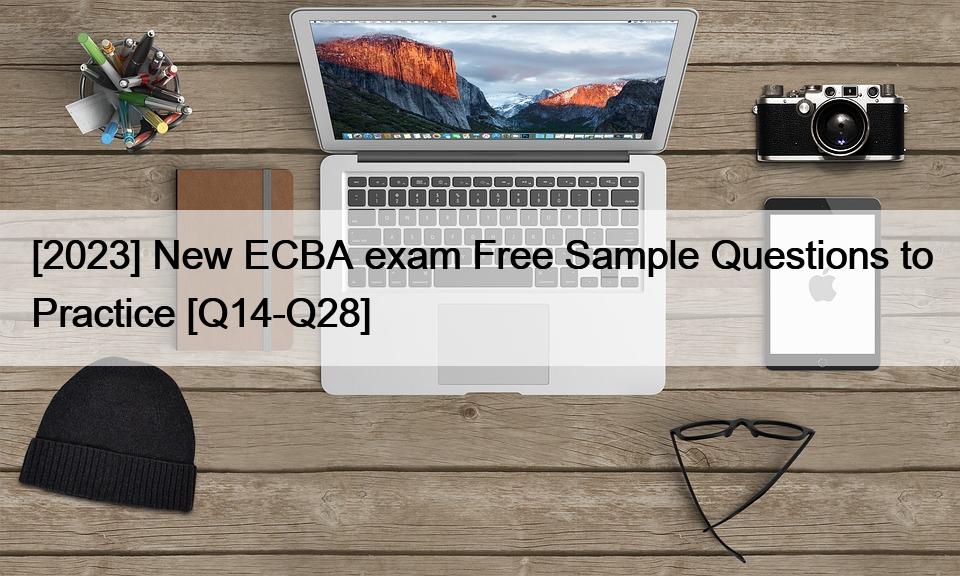Free CBAP Sample Questions and 100% Cover Real Exam Questions (Updated 500 Questions)
Download Real IIBA CBAP Exam Dumps Test Engine Exam Questions
The CBAP exam is a comprehensive test that covers a wide range of business analysis topics, including requirements analysis, stakeholder engagement, enterprise analysis, and solution assessment and validation. CBAP exam consists of 120 multiple-choice questions that must be completed within 3.5 hours. To pass the exam, candidates must score at least 70%.
The CBAP certification exam is a globally recognized standard for the practice of business analysis. It is designed to test the knowledge, skills, and experience of business analysis professionals in the six knowledge areas defined in the BABOK. Candidates must fulfill specific eligibility criteria to be eligible to take the exam, and must score at least 70% on the exam to become a certified CBAP holder. Cetified business analysis professional (CBAP) appliaction certification demonstrates that the holder has the knowledge, skills, and experience required to perform the role of a business analyst.
New CBAP exam dumps Use Updated IIBA Exam: https://www.prepawaypdf.com/IIBA/CBAP-practice-exam-dumps.html



